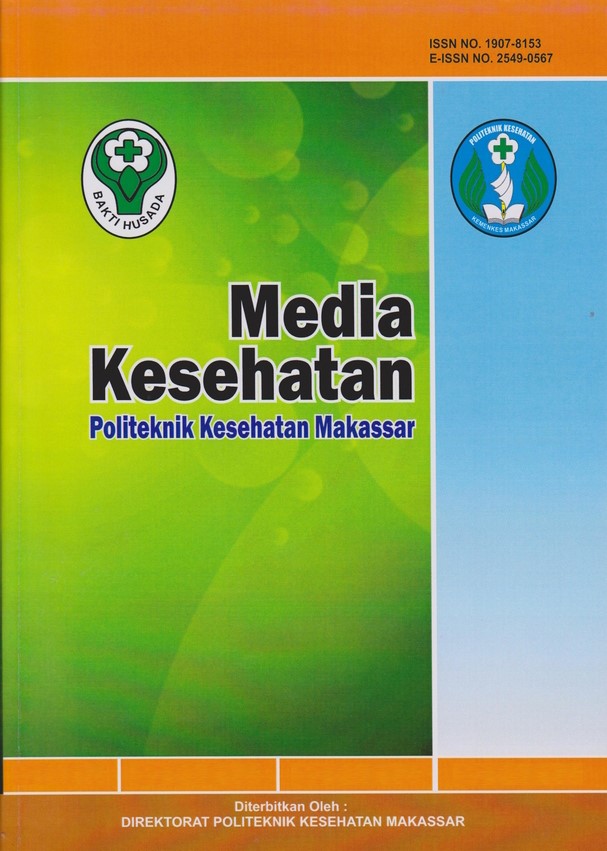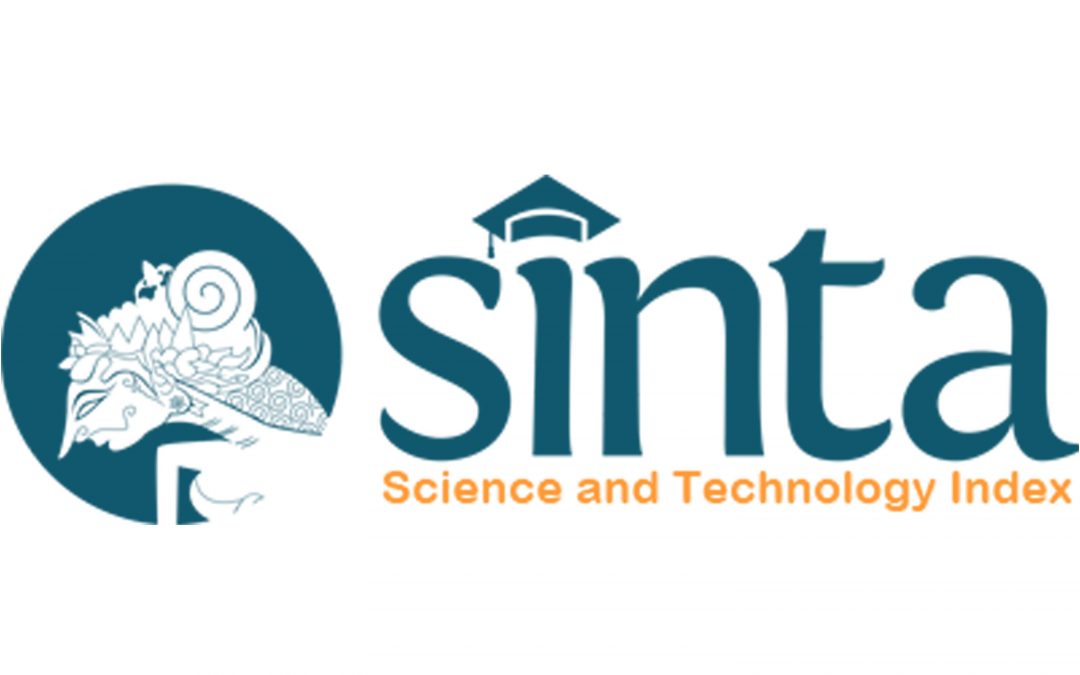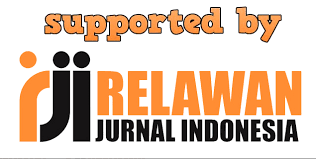The Relationship between Adherence in Consuming Blood Supplement Tablets and the Incidence of Anemia in Adolescent Girls
DOI:
https://doi.org/10.32382/medkes.v19i1.549Keywords:
Anemia; TTD Compliance; dolescent GirlsAbstract
Anemia is a condition where the hemoglobin level in the blood is lower than normal due to a lack of essential nutrients, especially iron. The prevalence of anemia in Indonesia aged 5-14 years is 26.80%, aged 15-24 years is 32% and in South Sulawesi is 32%. Factors associated with anemia include low economic status, poor diet, and compliance with the consumption of blood supplement tablets. This study aims to determine the relationship between compliance with the consumption of blood supplement tablets and the incidence of anemia in young women. This type of research is descriptive correlational research using a cross sectional approach. The sample in this study was 31 female students of Muhammadiyah 9 Berua Middle School who were selected as samples. The statistical analysis used was the Che Square test. The results of the statistical test showed that the majority of young women had complied with taking additional blood tablets, namely 17 people (54.8%), the majority of young women did not experience anemia, namely 23 people (74.2%) and The relationship between compliance with consuming blood supplement tablets and the incidence of anemia shows a value of p=0.038 (p<0.05). Based on the results of statistical tests, it can be concluded that there is a significant relationship between compliance with consuming blood supplement tablets and the incidence of anemia in young women at Muhammadiyah 9 Berua Middle School
References
Adriani M dan Wirjatmadi B. (2016). Pengantar Gizi Masyarakat. Jakarta: Kencana Pernada Media Group.
Fitri G (2016). Pengaruh Pemberian Tablet Fe Terhadap Kenaikan Kadar Hemoglobin Remaja Putri dengan Anemia di SMK Negeri I Ponjong Gunungkidul. Journal Dalam Unimus.
Istiani A dan Ruslianti. (2013). Gizi Terapan. Bandung. Remaja Rosdakarya Bandung.
Judy M (2014). Gizi Bayi Anak dan Remaja. Yogyakarta. Pustaka pelajar.
Kelemu Fentie , Tolassa Wakayo, dan G.G. (2020). Prevalence of Anemia and Associated Factors among Secondary School Adolescent Girls in Jimma Town , Oromia Regional State ,Southwest Ethiopia.
Kementerian Kesehatan RI. (2020). Pedoman Pemberian Tablet Tambah Darah (TTD) Bagi Remaja Putri Pada Masa Pandemi COVID-19. Kementrian Kesehatan RI.
Kementerian Kesehatan RI (2018). Pedoman Pencegahan dan Penanggulangan Anemia Pada Remaja Putri dan Wanita Usia Subur (WUS). Syria Studies, 7(1).
Kementerian Kesehatan RI. (2018). Laporan Riskesdas 2018 Nasional. Jakarta. Balitbang Kemenkes RI Jakarta.
Ketaren, Y.R.O.B. (2018). Hubungan Pola Makan dengan Angka Kejadian Anemia pada remaja Putri di SMA Pencawan Medan Tahun 2018. Politeknik Kesehatan Kemenkes Medan
Marselina F, D. (2022). View of Studi LiteraturPenyebab Terjadinya Anemia pada Remaja Putri.
Nuradhiani, A., Briawan, D. and Dwiriani, C.M (2017). Dukungan Guru Meningkatkan Kepatuhan Konsumsi Tablet.
Pritisari, Damayanti D, llestari T.N. (2020). Gizi Dalam Daur Kehidupan. 21(1).
Putra, K.A., Munir, Z. and Siam, W.N. (2020). Hubungan Kepatuhan Minum Tablet Fe dengan Kejadian Anemia (Hb) pada Remaja Putri Di SMP Negeri 1 Tapen Kabupaten Bondowoso. Jurnal Keperawatan Profesional, 8(1).
Putri, A.M. (2021). Faktor-Faktor Yang Mempengaruhi Kepatuhan Remaja Putri Mengkonsumsi Tablet Tambah Darah (TTD) Di Sma Dan Smk Muhammadiyah Kota Pagar Alam Tahun 2021.
Rifani AA, Muslihatun WN dan Kurniati A. (2020). Hubungan Kepatuhan Konsumsi Tablet Tambah Darah Dengan Kejadian Anemia Kulon Progo.
Sandra F, Ahmad S dan Arinda V. (2020). Gizi Anak dan Remaja. Edited by Kedua.
Suryani D, Hafiani R, dan Junita R. (2015). Analysis Of Diet And Iron Deficiency Anemia In Adolescent Girls City. Jurnal Kesehatan Masyarakat Andalas. 10.
Sarbani. (2014). Good Practices Pendidikan Nilai Moral Dan Karakter Kepatuhan Di Sekolah. Universitas Lambung Mangkurat. Banjarmasin Universitas Lambung Mangkurat.
Savitri, M.K. (2021). Hubungan Kepatuhan Konsumsi Tablet Tambah Darah dengan Kejadian Anemia pada Remaja Putri: a Systematic Review. Jurnal Kesehatan Tambusai, 2(2).
Steinberg L. (2014). Age Of Opportunity. Amerika Serikat. McGraw-Hill education.
Susilowati K. (2016). Gizi Dalam Daur Kehidupan. Bandung. Bandung : Refika Aditama.
United States Department of Agriculture USDA dan Health and Human Services. 2020 Dietary Guidelines. Amerika Serikat. U.S. Government Publishing Office.
Utami A, Margawati A, Pramono D dan Wulandari RD. (2021). Anemia pada Remaja Putri. Semarang. Fakultas Kedokteran Universitas Diponegoro Semarang.
Utami, BN, Surjani S dan Mardiyaningsih E. (2015). Hubungan Pola Makan dan Pola Menstruasi dengan Kejadian Anemia Remaja Putri. Jurnal Keperawatan Soedirman, 10(2),
Widnatusifah, Battung MS, Bahar B, Jafar N dan Amalia M. (2020). Gambaran Asupan Zat Gizi Dan Status Gizi Remaja Pengungsian Petobo Kota Palu. Jurnal Gizi Masyarakat Indonesia: The Journal of Indonesian Community Nutrition, 9(1).
World Health Organization. (2011). Prevention Of Iron Deficiency Anaemia In Adolescents Role Of Weekly Iron.
World Health Organization (2015). The global prevalence of anaemia in 2011
Downloads
Published
How to Cite
Issue
Section
PDF (Bahasa Indonesia) downloaded: 6457















